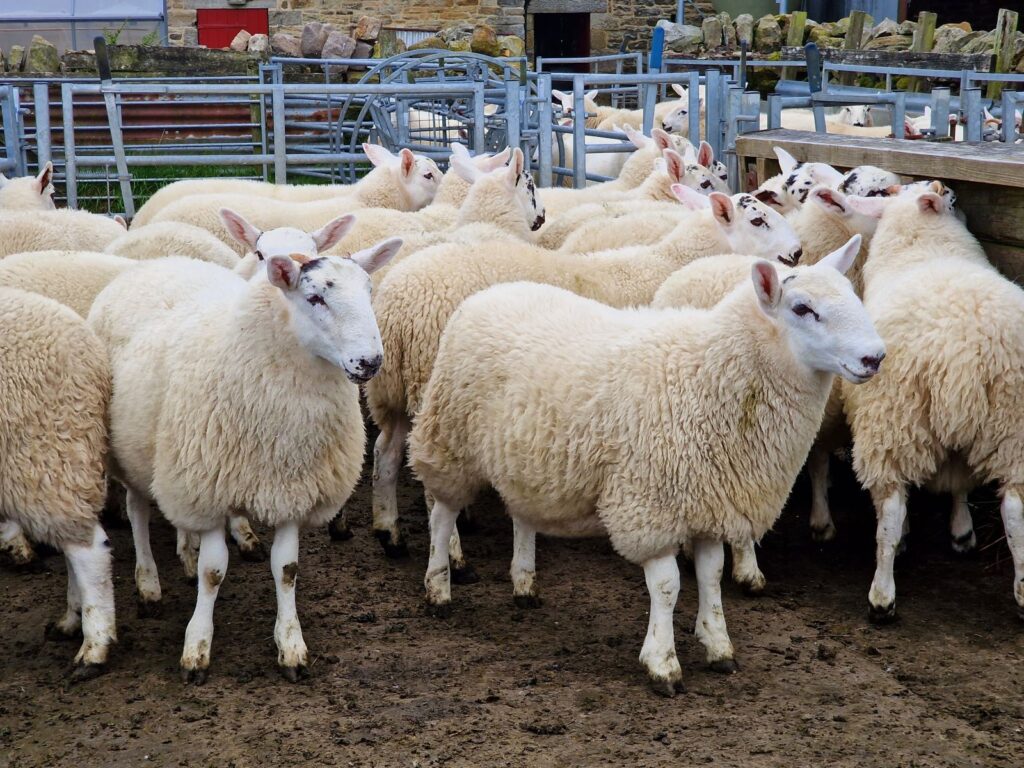Prices for Scottish lamb hold steady amid market trends
19th September 2023
As we move into autumn, a tight domestic supply of finished lambs, along with rising export demand and reduced imports from abroad have been supporting lamb prices in Scotland, the latest market report from Quality Meat Scotland (QMS) has revealed.
According to Iain Macdonald, market intelligence manager at QMS, lamb market supply looks set to remain low if the recent picture of firm export demand and soft import volumes continues.
Meanwhile, lamb price inflation on the domestic retail market has slowed, which Mr Macdonald said could help underpin sales volumes this autumn, given continuing strong price increases for other proteins.
“Despite a slow start to the season, weekly finished lamb auction volumes have reached a normal autumn range in Scotland,” he said. “Finished lamb prices remain below the new season peak, reached in May, but began September at a record level for the time of year at Scottish marts.”
“At an average of 245p/kg lwt in the first week of September, prices were up 6% on the same week in 2022 and by 20% on the five-year average,” Mr Macdonald reported.
He went on to highlight the importance of international trade, which saw a quarter of UK sheepmeat exported in 2022, with imports equating to around a quarter of domestic market supply.
“HMRC data for the first half of 2023 highlights a firm export trade, with the volume shipped overseas rising by more than 14% year-on-year, and the average export price remaining close to the highs of 2022, down 2% year-on-year at £6.64/kg,” Mr Macdonald explained.
Meanwhile, import weakness in the final quarter of 2022 persisted into 2023, with UK sheepmeat import volumes down 32% in the first half of the year, despite highly competitive import prices averaging nearly 19% lower than in 2022 at £5.21/kg.
Mr Macdonald added a combination of all these factors have led to a reduced supply in the domestic market, down by 11% on 2022 in product weight. Moreover, a similar outlook in Europe has provided UK farmers with further export opportunities, contributing to a reduced domestic supply.
“Tight EU supply has supported our export opportunities, with EU sheepmeat production falling 6.5% year-on-year in the first five months of 2023, according to the EU Commission, while in the year as a whole, EU consumption is set to rebound to its highest level since 2019.”
Looking forward to the remainder of the season, domestic supply is set to remain tight. Following a dry autumn in 2022, there were reports of poor scanning rates, particularly south of the border, and lamb numbers have seen a 5% year-on-year reduction, according to June census data from England.
With England accounting for around half of the GB flock, a smaller GB lamb crop this year seems almost certain, benefitting prices further down the line, Mr Macdonald concluded.

